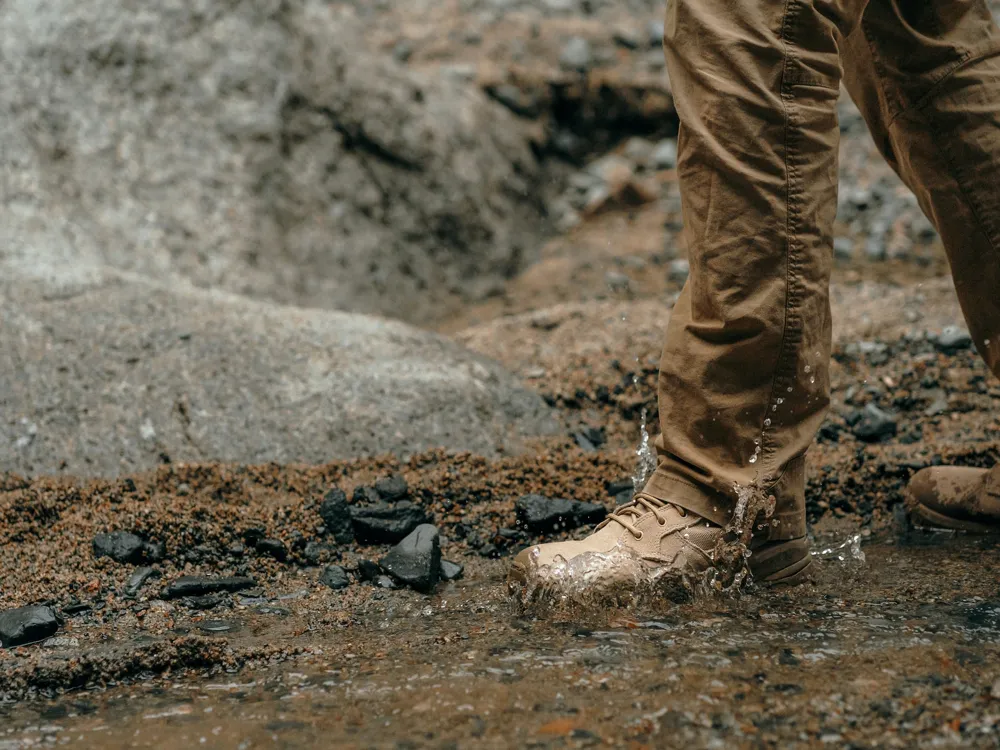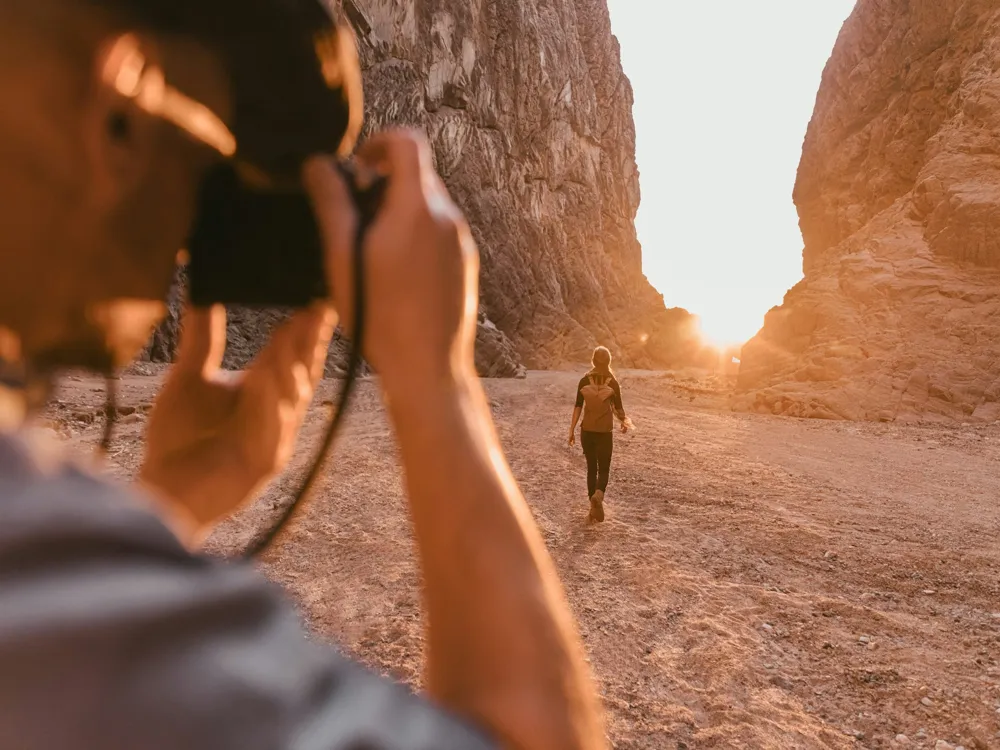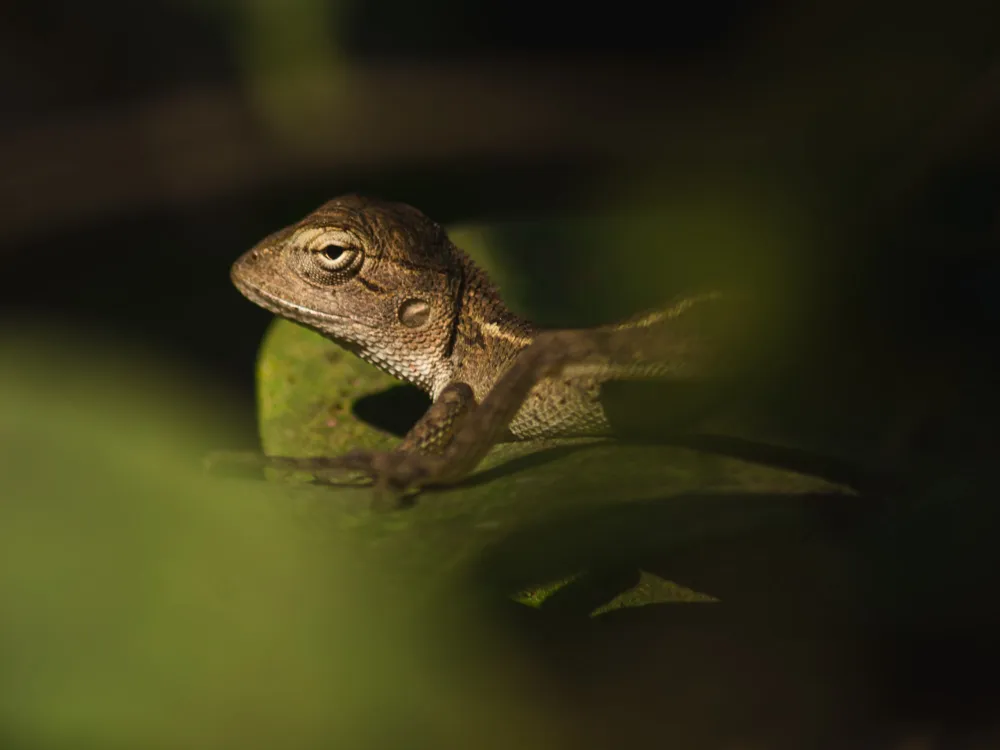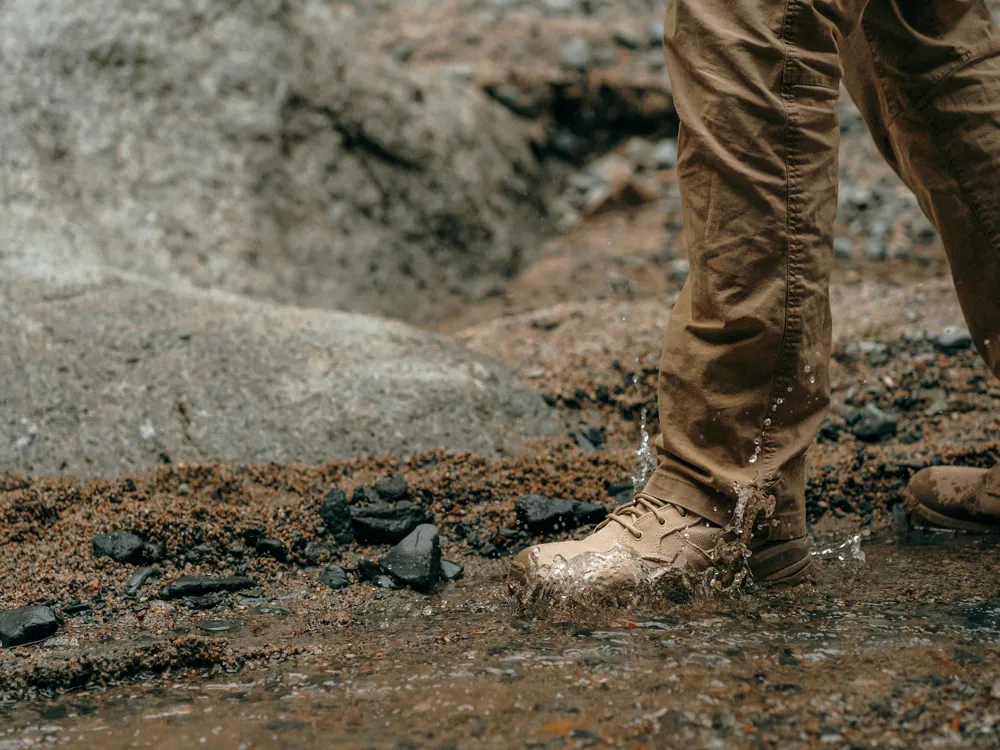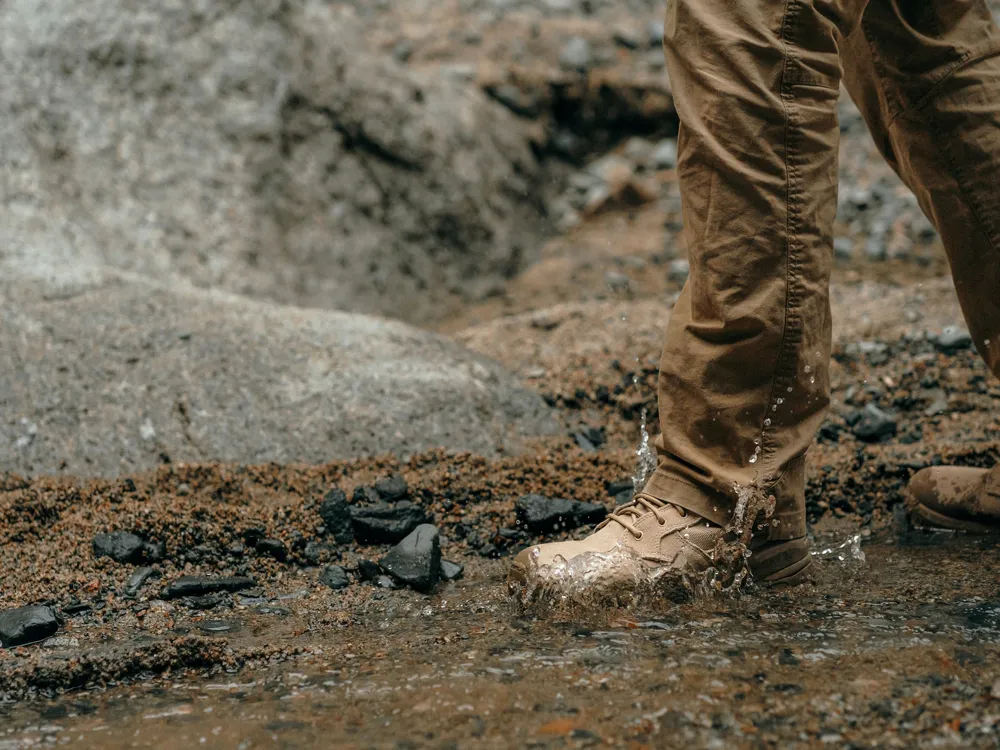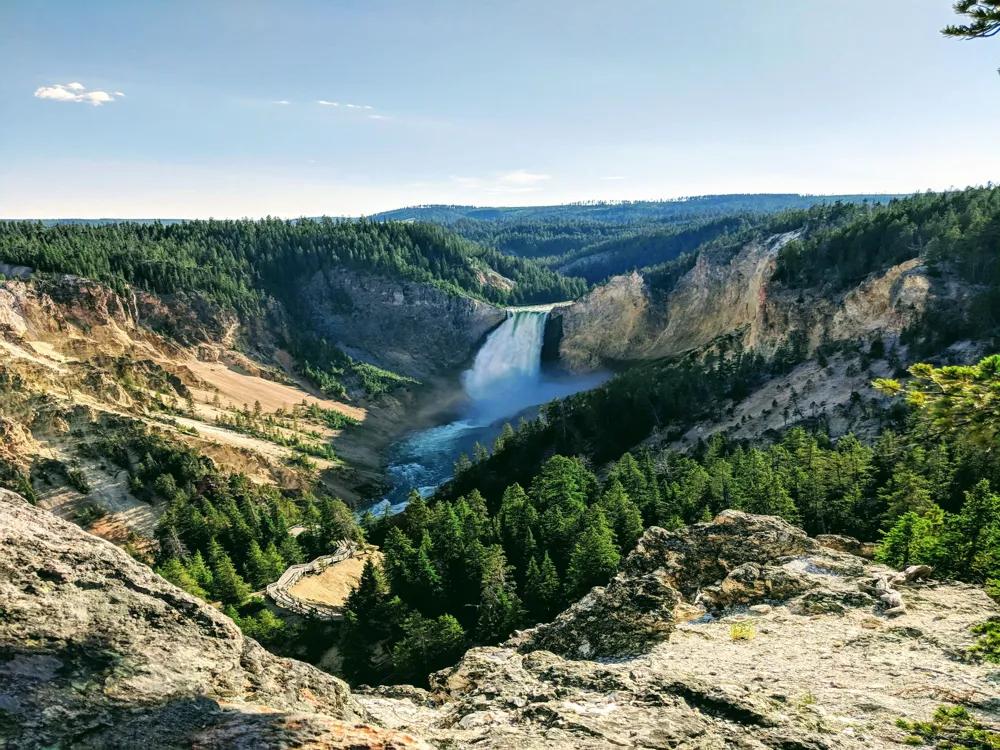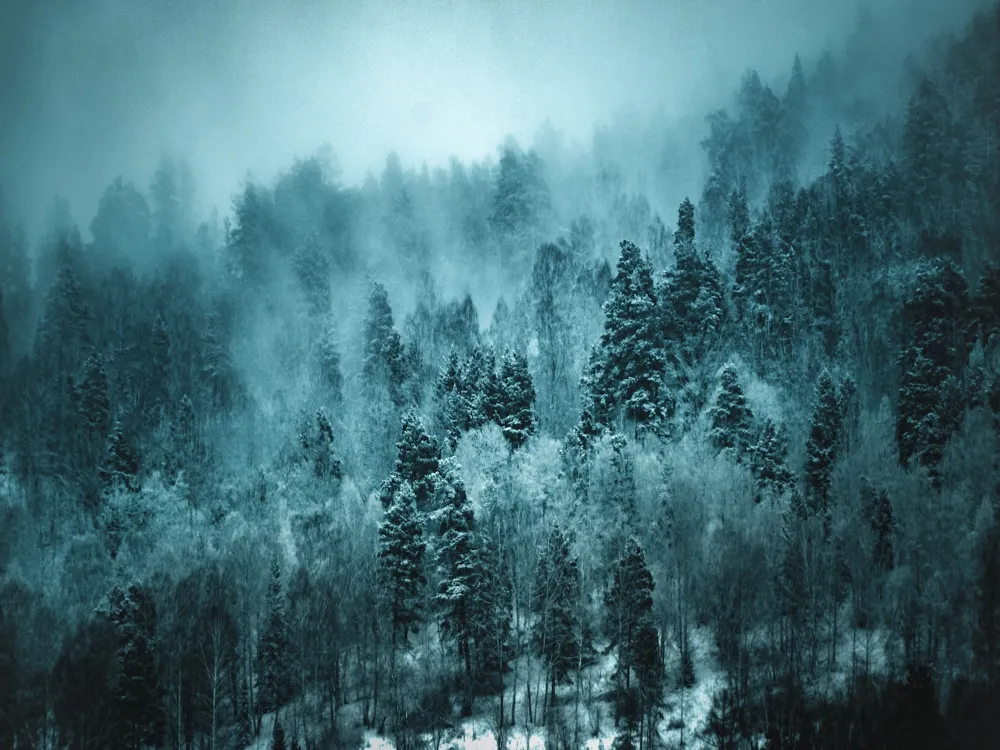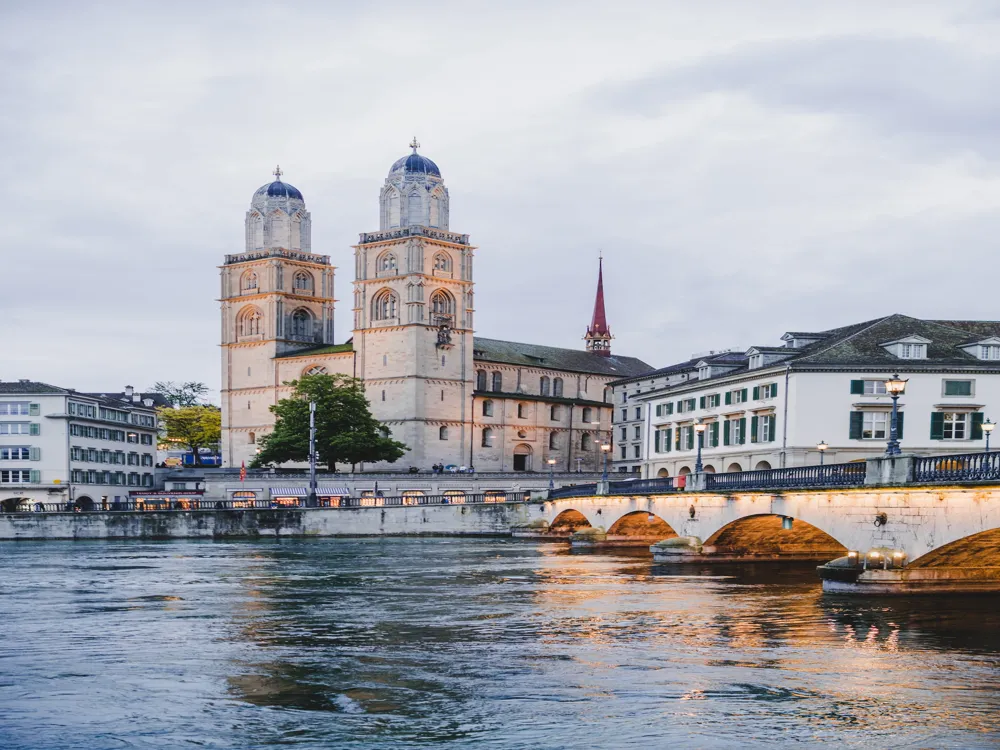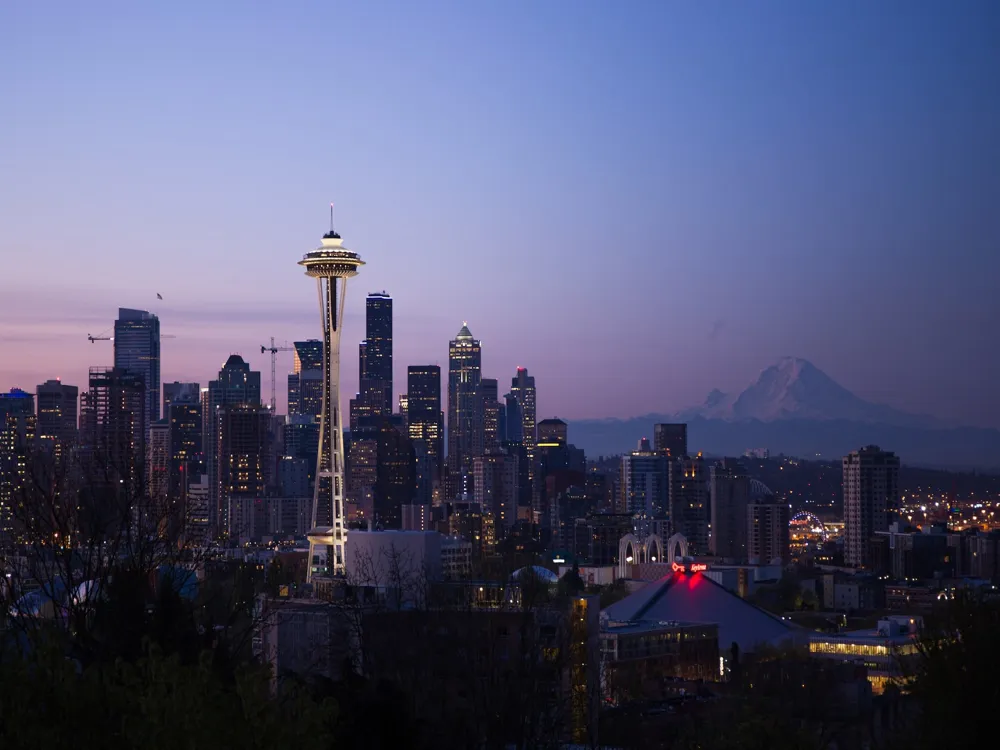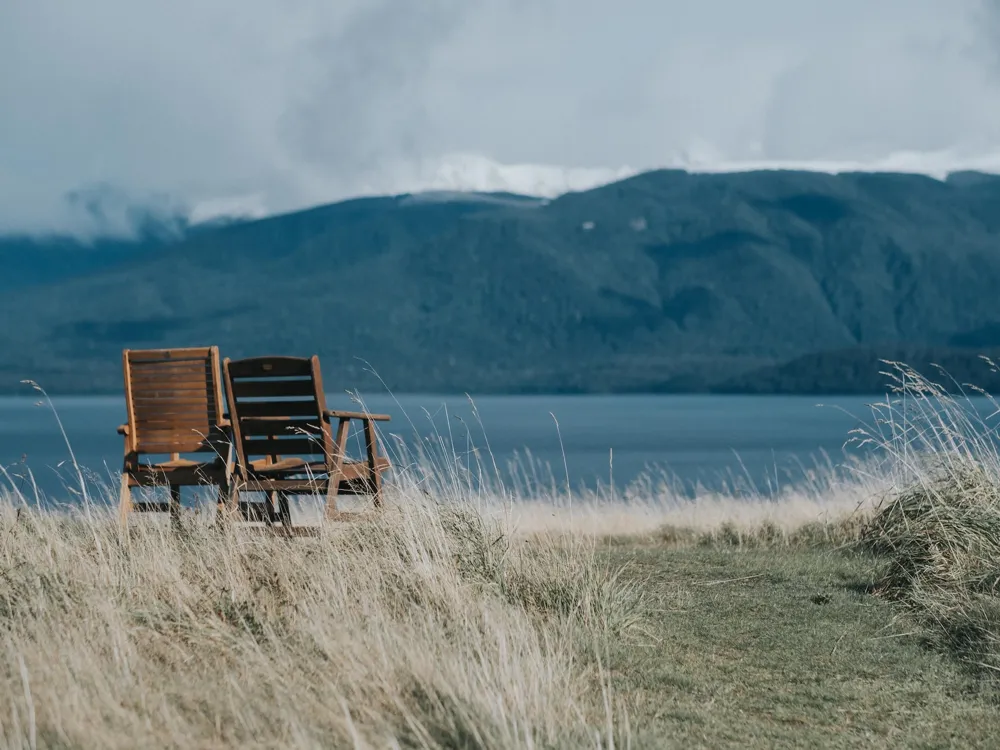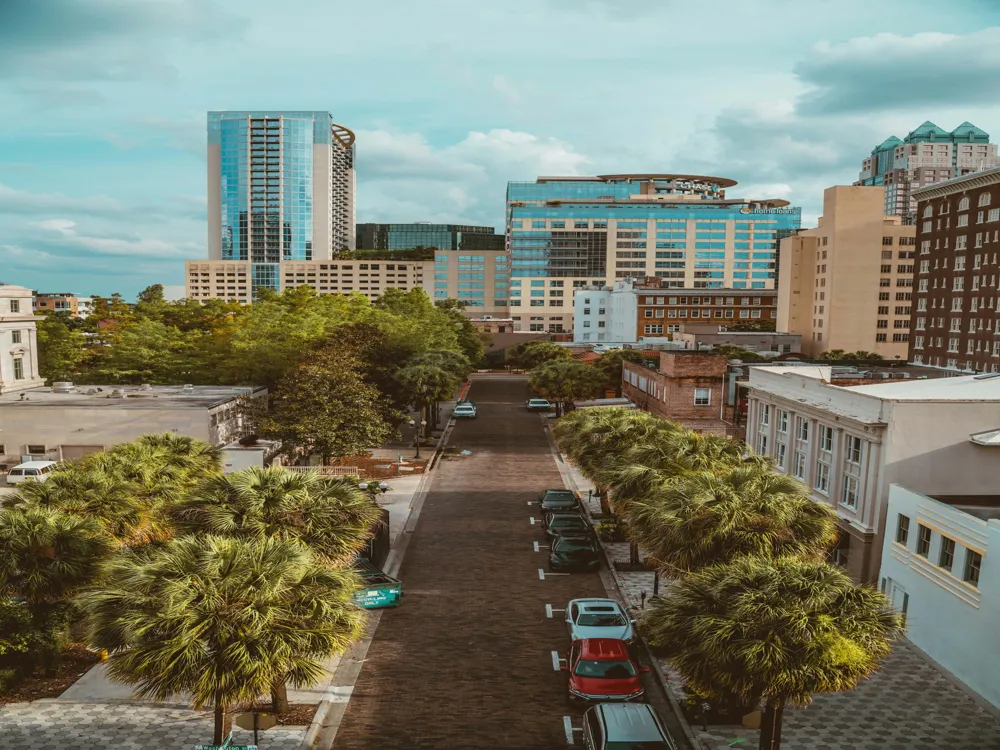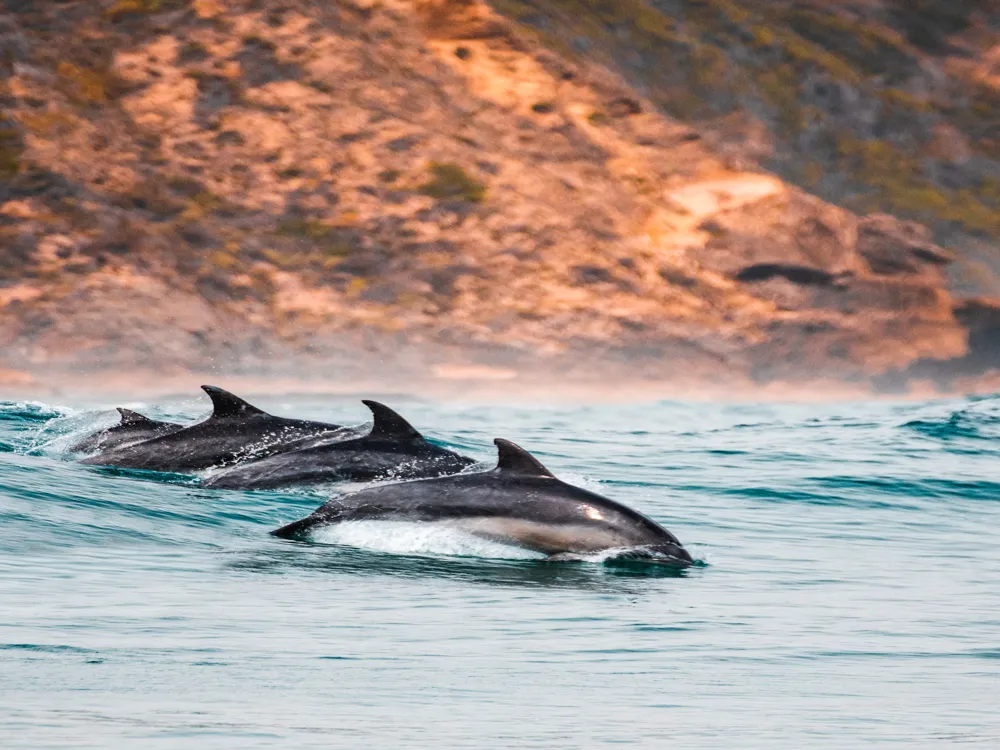Best Time to Visit Wadi Darbat
Oman
4 out of 15 Places to visit in OmanNaN onwards View Packages
Get Customized PackagesThe Land of Diversity
Top Hotel Collections

Private Pool

Luxury Hotels

5-Star Hotels

Pet Friendly
What is the Best Time to Visit Wadi Darbat?
Wadi Darbat, nestled in the heart of Oman's stunning landscapes, is a captivating destination that beckons travelers year-round. To make the most of your visit, understanding the nuances of the seasons is crucial. In this guide, we delve into the best times to experience Wadi Darbat's enchanting beauty.
More about Best Time to Travel to Wadi Darbat
Travel Peak Season in Wadi Darbat
Wadi Darbat's peak season, spanning from [month] to [month], offers an unparalleled experience. During this time, the region boasts a vibrant tapestry of colors as the flora comes to life. The weather is mild, making it ideal for exploration. The enchanting waterfalls and lush greenery create a picturesque backdrop, perfect for nature enthusiasts and photographers alike.
Travel Offseason in Wadi Darbat
For those seeking a quieter escape, the offseason, from [month] to [month], provides a serene atmosphere. While temperatures may be slightly more challenging, the tranquility compensates. It's an opportune time for introspection and connecting with the raw, untouched beauty of Wadi Darbat.
Wadi Darbat Travel Packages
View All Packages For Wadi Darbat
Wadi Darbat in Shoulder Season
The shoulder season, bridging the gap between peak and offseason, offers a balanced experience. From [month] to [month], the weather is pleasant, and crowds are thinner compared to the peak season. This is an excellent time for those who prefer a blend of favorable weather and a more intimate connection with nature.
Wadi Darbat in Hot Season
The hot season, prevailing from [month] to [month], brings warmer temperatures. While this might not be the preferred time for everyone, adventure seekers can still enjoy the beauty of Wadi Darbat with proper preparation. Exploring the wadis under the warm sun adds a unique dimension to the experience.
Wadi Darbat in Rainy Season
Wadi Darbat's rainy season, occurring from [month] to [month], transforms the landscape into a lush, verdant paradise. The rainfall rejuvenates the flora, creating a breathtaking spectacle. Nature enthusiasts will relish the vibrant colors and the cascading waterfalls at their peak during this season.
Wadi Darbat in Cool Season
The cool season, from [month] to [month], provides relief from the summer heat. The pleasant temperatures make it an ideal time for leisurely exploration and outdoor activities. Visitors can immerse themselves in the scenic beauty without the discomfort of extreme weather conditions.
In conclusion, choosing the best time to visit Wadi Darbat depends on personal preferences and the kind of experience one seeks. Whether it's the lively colors of the peak season, the solitude of the offseason, or the balanced atmosphere of the shoulder season, Wadi Darbat promises a mesmerizing adventure.
Places To Visit In Wadi Darbat
View All Places To Visit In Wadi DarbatNearby Places Wadi Darbat
Wadi Darbat Photos
View All Photos For Wadi DarbatBrowse Package Collections
Browse Hotel Collections
Faq
When is the best time to visit Wadi Darbat?
The ideal time to visit Wadi Darbat is during the Khareef season, which occurs from June to September. This is when the monsoon winds transform the arid landscape into a lush green paradise.
What is the Khareef season?
Khareef is the monsoon season in the Dhofar region of Oman, including Wadi Darbat. During this time, the area experiences cool temperatures and heavy mist, creating a stunning, vibrant landscape.
Are there any specific months within the Khareef season that are better for visiting?
July and August are considered peak months for Wadi Darbat, as the vegetation is at its most lush and the waterfalls are more active. However, the entire Khareef season offers a unique and picturesque experience.
Can Wadi Darbat be visited outside of the Khareef season?
While the Khareef season provides a distinct and beautiful landscape, Wadi Darbat can still be visited during other months. However, the scenery may be less vibrant, and the water levels in the wadi may be lower.
What is the weather like during the Khareef season?
During Khareef, temperatures are cooler, ranging from 20 to 25 degrees Celsius (68 to 77 degrees Fahrenheit). The mist and occasional drizzle contribute to the lush greenery, making it a comfortable time for outdoor exploration.

